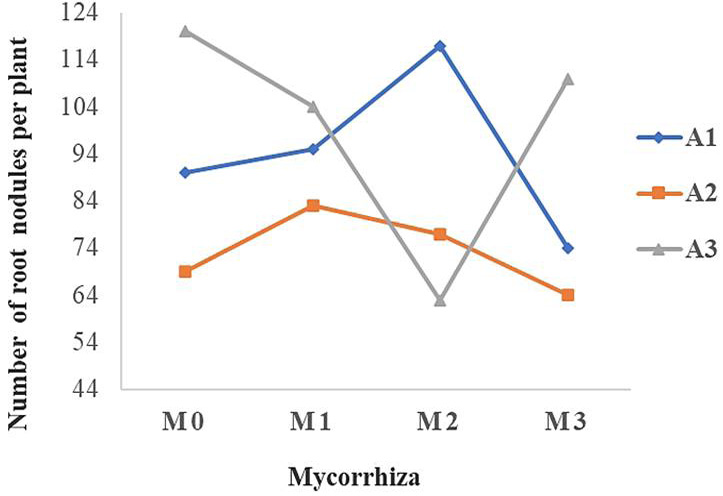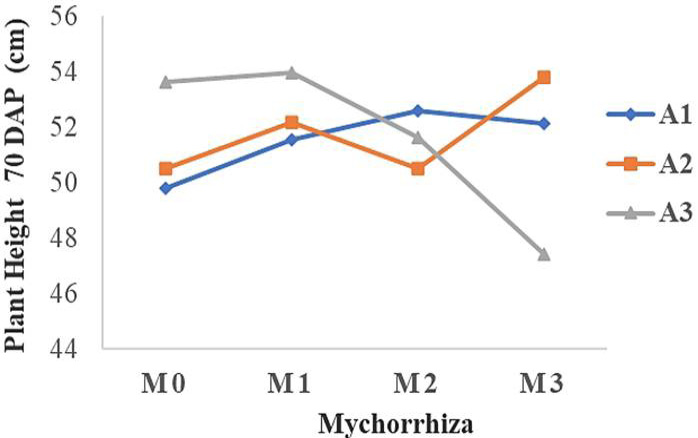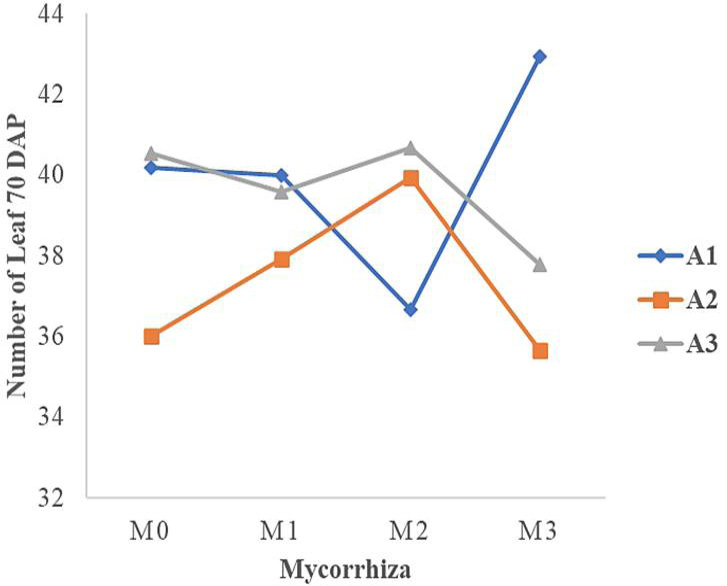Enhanced of Root Nodules, Uptake NPK, and Yield of Peanut Plant (Arachis hypogaea L.) using Rhizobium and Mycorrhizae Applications
Enhanced of Root Nodules, Uptake NPK, and Yield of Peanut Plant (Arachis hypogaea L.) using Rhizobium and Mycorrhizae Applications
Praptiningsih Gamawati Adinurani1,*, Sri Rahayu1, Endang Dwi Purbajanti2, Devi Dwi Siskawardani3, Karina Stankeviča4 and Roy Hendroko Setyobudi5
Interaction between the application of Rhizobium and mycorrhizae doses to number of root nodules per plant.
The interaction between the application of Rhizobium and mycorrhizae doses to plant height 70 d after planting.
The interaction between the application of Rhizobium and mycorrhizae doses to number of leaf 70 d after planting.
Effect of interaction between Rhizobium application and mycorrhizae doses to fresh pods weight per plant.










